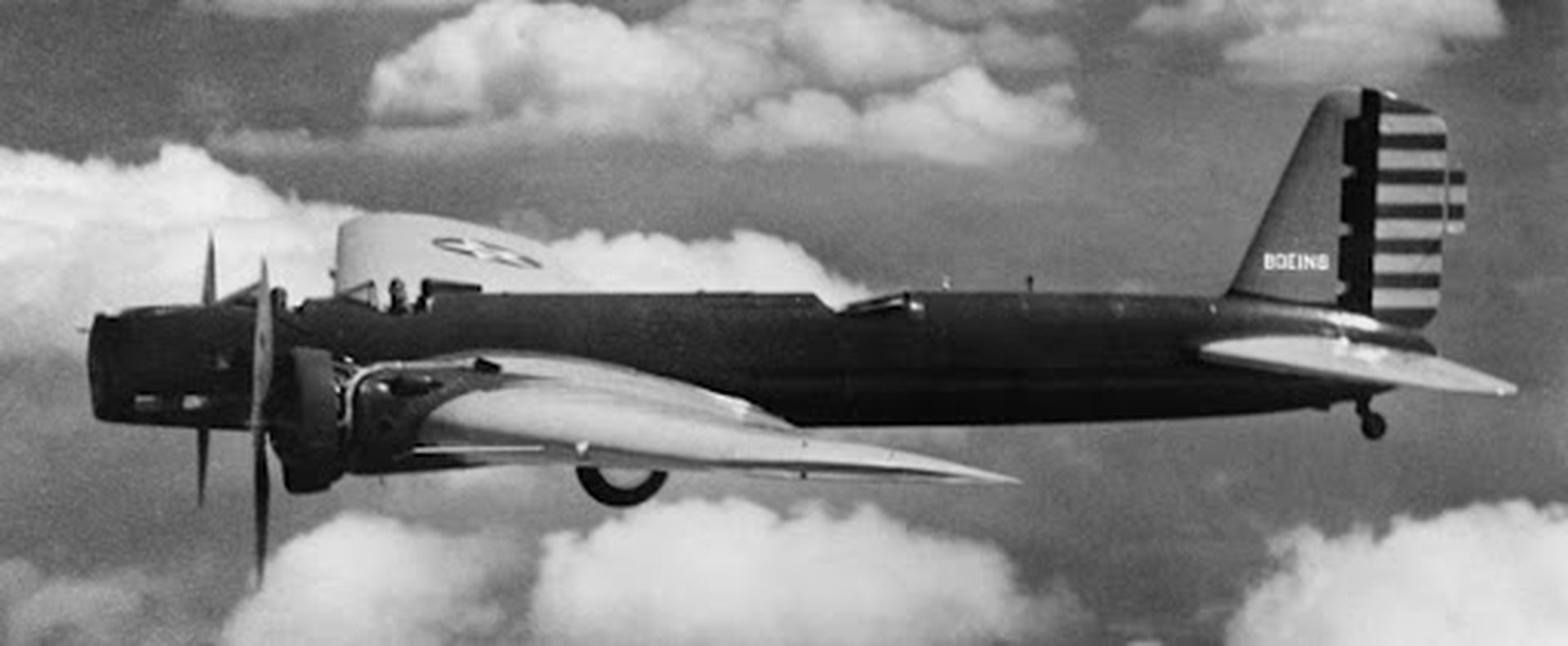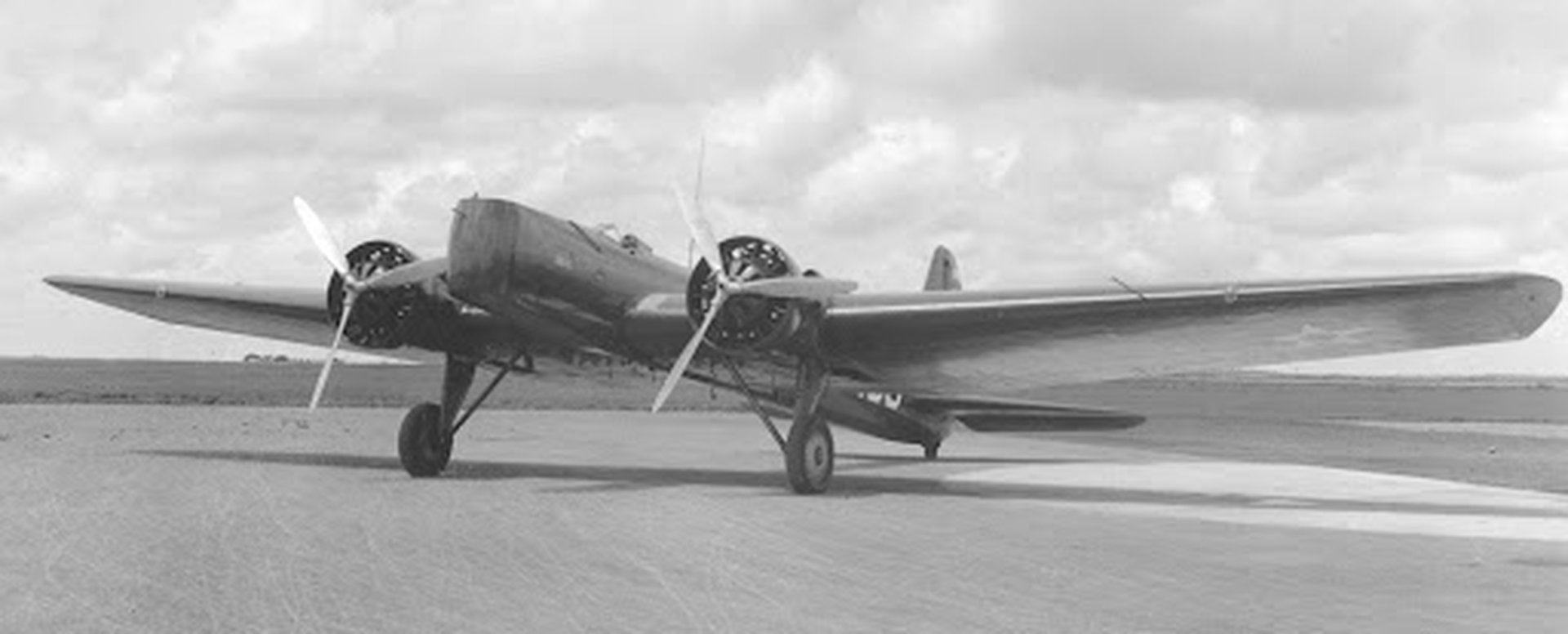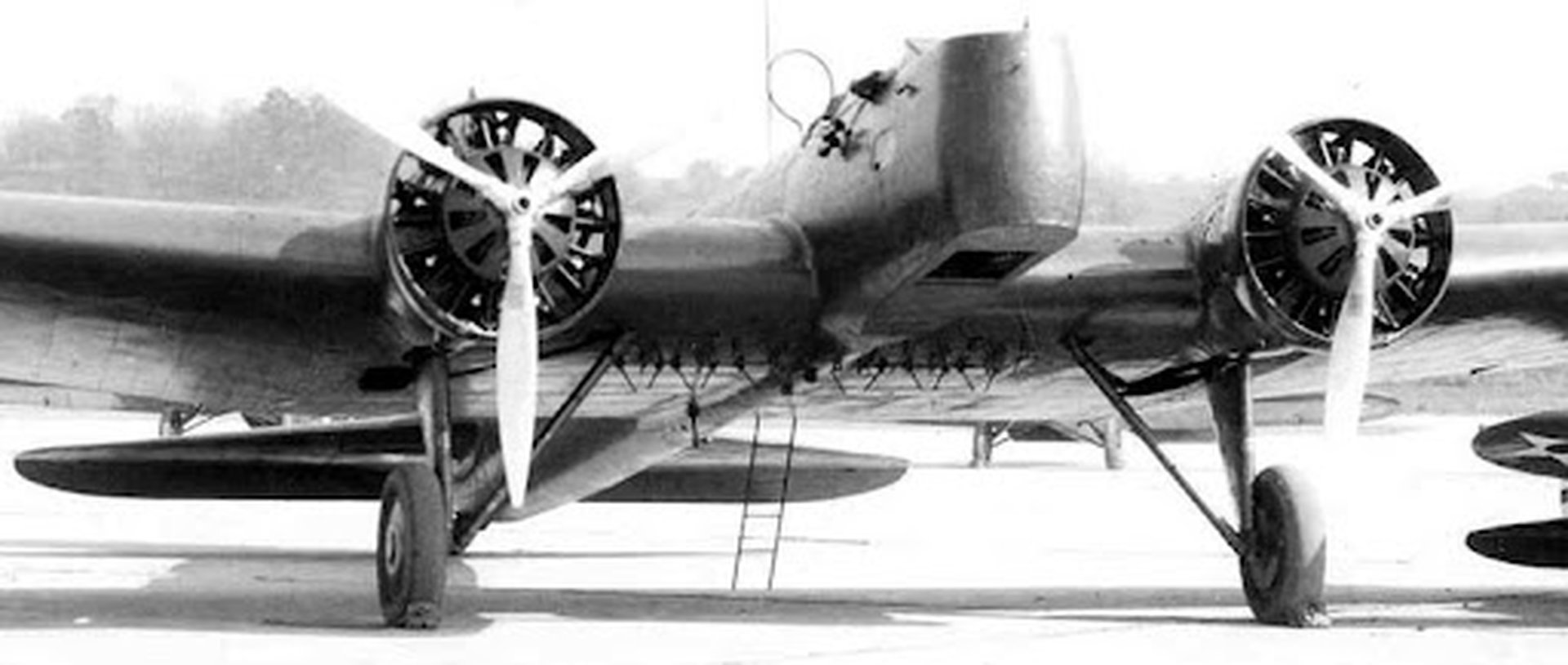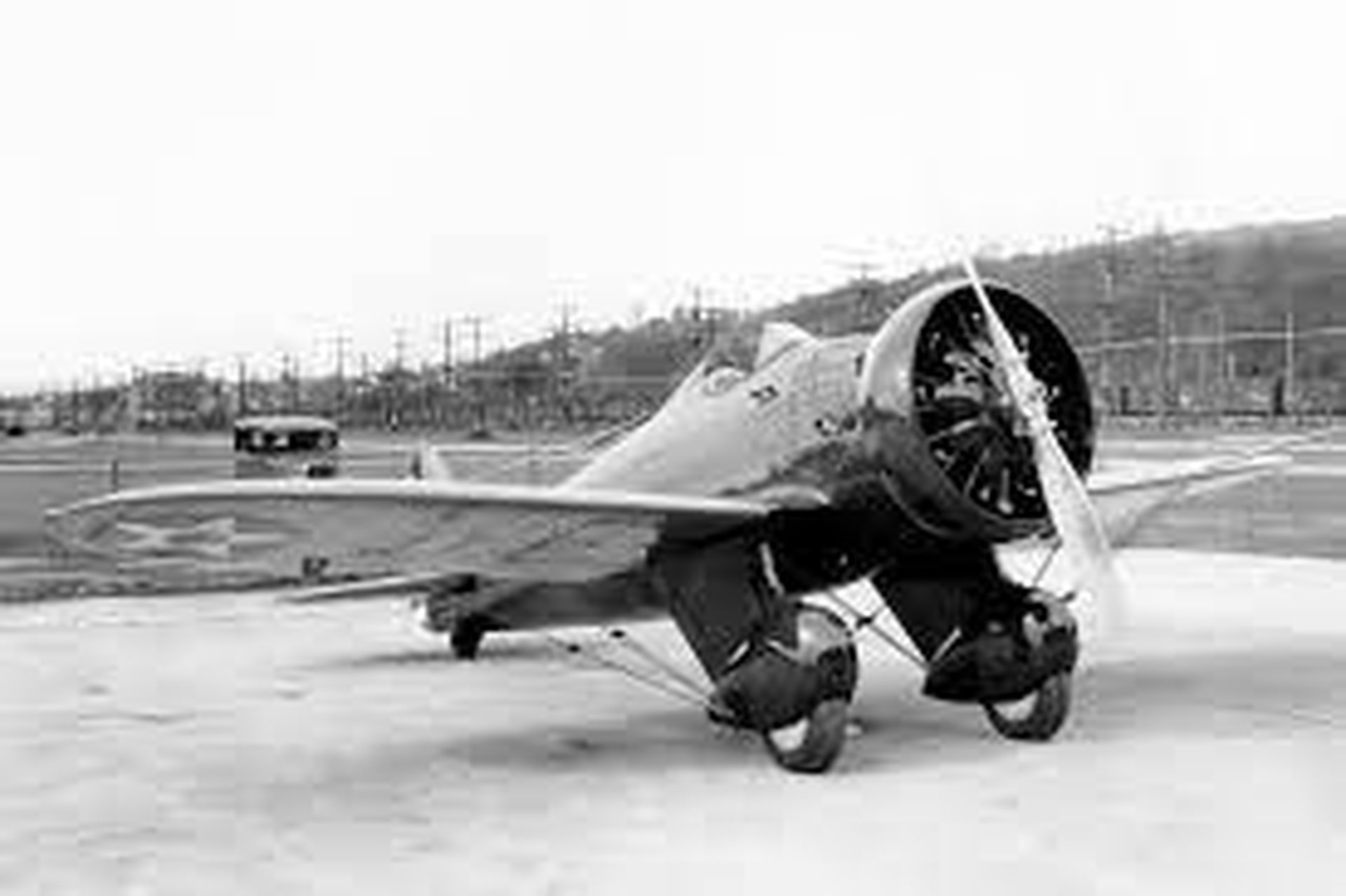Tony’s Scrapbook: The Boeing YB-9 & P-26

The above image is an old newspaper clipping, dated January 1933, discussing the latest developments in military aviation, explicitly highlighting a bomber and a pursuit plane. The text reads:

“The latest development in two of the most important branches of military aviation: a bomber and a pursuit plane, one designed for air raids and the other to ward off air attacks on the bomber, flying in a test flight with Army Air Corps pilots. (United States Army Air Corps.)”
The bomber is likely leading the formation, with the pursuit plane following closely behind. This setup demonstrates the tactical roles described in the text, where the pursuit plane protects the bomber from air attacks. This photograph captures a significant moment in developing and testing these military aviation technologies in the early 1930s.
During this time, the United States Army Air Corps, the aerial warfare service component of the United States Army before the establishment of the United States Air Force, was actively developing and testing new aircraft and tactics.
Most people can understand the historical significance of this clipping in the context of the interwar period, which saw rapid advancements in aviation technology. Here are a few key points:
- Evolution of Air Warfare: The period between World War I and World War II saw significant changes in military aviation. Aircraft became faster, more powerful, and more specialized. The bomber and pursuit plane (fighter aircraft) depicted in the clipping represent this technological and tactical evolution. Bombers are typically designed for strategic bombing missions, capable of carrying heavy payloads over long distances. At the same time, designers first developed pursuit planes to protect bombers from enemy fighters.
- Technological Innovation: The early 1930s saw innovation in aircraft design and performance. The introduction of all-metal aircraft, improved aerodynamics, and more powerful engines enabled incredible speed, range, and payload capacity. The plane in the clipping likely reflects these advancements.
- Strategic Doctrine: Using bombers to deliver strategic attacks on enemy infrastructure and industry, protected by agile and fast fighters, was a significant shift from World War I tactics.
- Preparation for Future Conflicts: These developments were crucial in the lead-up to World War II. The experience gained from testing and developing these aircraft informed the designs and strategies that the United States would use in the coming conflict. The United States Army Air Corps’ emphasis on bombers and pursuit planes foreshadowed the critical role of air power in World War II.
I’ll walk you through my thought process in identifying these two airplanes.
Newspaper clippings can provide visual clues to help identify specific aircraft. Based on the image and the context provided, here are some educated guesses:
Bomber:
- The bomber in the photograph appears to be a twin-engine aircraft with distinctive features typical of early 1930s designs.
- Given the date of January 1933, one likely candidate is the Keystone B-6 bomber, a prominent bomber in the U.S. Army Air Corps during the early 1930s. Another possibility could be the Boeing YB-9, an early all-metal monoplane bomber developed during this period.
Pursuit Plane:
- The smaller aircraft, likely a pursuit plane (fighter), has the characteristic look of biplanes or early monoplanes used by the Army Air Corps.
- Given the timeframe, the Curtiss P-6 Hawk or the Boeing P-26 Peashooter are potential candidates. Both were standard pursuit planes in the early 1930s, used to escort bombers and engage enemy aircraft.
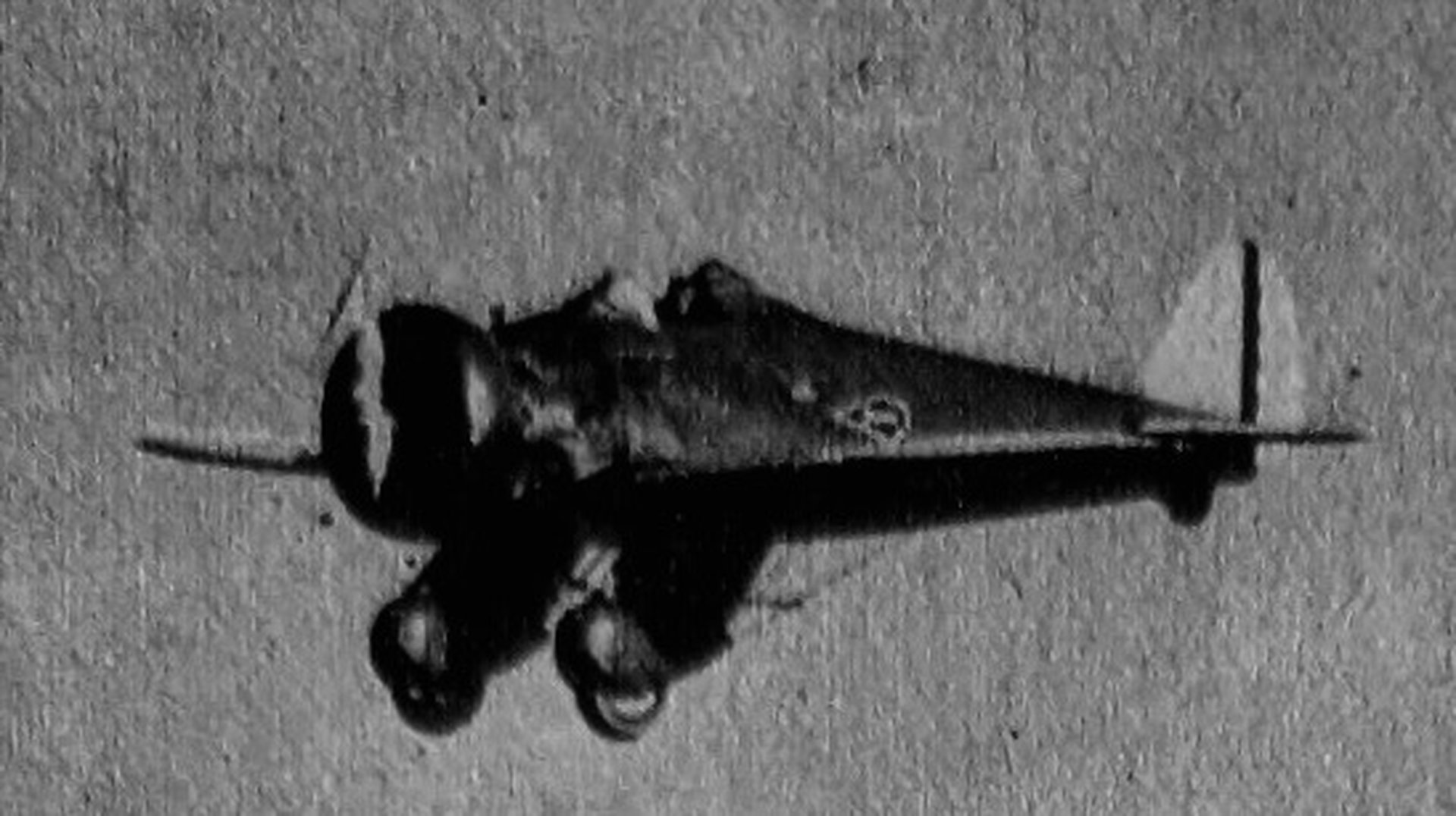
However, since the smaller pursuit plane is a single-engine monoplane with a single seat, the image resembles the Boeing P-26 Peashooter, which flew in 1932 and became operational in 1933.
Now, let’s examine some details we can see about the bomber:
The bomber’s wings, tail design, and twin engines mounted on the wings are features that match the Boeing YB-9. The YB-9 was one of the early all-metal monoplane bombers with a distinctive high-wing design.
The Boeing YB-9 was an essential step in the evolution of military bombers in the early 1930s. Here are some key details and historical significance of the Boeing YB-9:
Design and Development
- Introduction: The Boeing YB-9 was introduced in 1931 and was one of the first all-metal monoplane bombers. It marked a significant departure from the biplane bombers that had been prevalent during the 1920s.
- Structure: The YB-9 featured a sleek, streamlined design with a high-wing monoplane configuration. Its construction utilized all-metal materials, primarily aluminum, a significant advancement over the fabric-covered, wood-framed biplanes of the previous era.
- Engines: The bomber was powered by two Pratt & Whitney R-1860 Hornet B radial engines combined to produce 1,230 horsepower.
- Performance: The YB-9 had a maximum speed of approximately 163 miles per hour (262 kilometers per hour), a range of about 775 miles (1,247 kilometers), and a service ceiling of around 22,600 feet (6,888 meters).
Armament
- Bomb Load: The YB-9 could carry up to 2,500 pounds (1,134 kilograms) of bombs, a substantial payload for its time.
- Defensive Armament: The aircraft was equipped with several .30 caliber machine guns for defensive purposes, strategically positioned to protect against enemy fighters.
Operational History
- Testing and Evaluation: The Boeing YB-9 underwent extensive testing and evaluation by the United States Army Air Corps. Its performance demonstrated the advantages of all-metal construction and monoplane design.
- Influence on Future Designs: While the YB-9 did not see extensive operational service, it significantly influenced the design of subsequent bombers. Its innovations in construction and aerodynamics paved the way for more advanced bombers like the Boeing B-17 Flying Fortress.
Historical Significance
- Technological Milestone: The Boeing YB-9 represented a technological milestone in bomber design. It showcased the potential of all-metal construction and the benefits of monoplane configurations, which would become standard in future military aircraft.
- Paving the way for the B-17: The success and lessons learned from the YB-9 program directly influenced the development of the Boeing B-17, one of World War II’s most iconic and successful bombers.
Visual Characteristics
- Distinctive Look: The YB-9 had a unique appearance with its high-wing monoplane design, twin radial engines mounted on the wings, and a streamlined fuselage. It also featured retractable landing gear, which was relatively advanced.
In summary, the Boeing YB-9 was a groundbreaking aircraft that contributed significantly to the evolution of bomber design in the 1930s. Its development highlighted the transition from biplane to monoplane designs and from fabric-covered to all-metal construction, setting the stage for the advanced bombers that would play crucial roles in World War II.
The P-26 Peashooter was the first American all-metal production fighter aircraft and the first pursuit monoplane used by the United States Army Air Corps. It has a fixed landing gear, an open cockpit, and a distinctive streamlined fuselage.
For several reasons, the Boeing P-26 Peashooter was a significant aircraft in military aviation history. Here is a detailed overview:
Design and Development
- First Flight: The Boeing P-26 first flew on March 20, 1932.
- Manufacturer: Boeing
- Role: Boeing designed this plane as a pursuit (fighter) aircraft.
- Significance: It was the first American all-metal production fighter aircraft and the first monoplane used by the United States Army Air Corps (USAAC).
Technical Specifications
- Crew: 1 (pilot)
- Length: 23 ft 10 in (7.26 m)
- Wingspan: 28 ft (8.53 m)
- Height: 10 ft (3.05 m)
- Empty Weight: 2,197 lb (997 kg)
- Gross Weight: 2,955 lb (1,340 kg)
Performance
- Engine: Pratt & Whitney R-1340-7 Wasp radial engine producing 600 hp (447 kW)
- Maximum Speed: 234 mph (377 km/h)
- Range: 360 mi (580 km)
- Service Ceiling: 27,400 ft (8,350 m)
- Rate of Climb: 2,360 ft/min (12.0 m/s)
Armament
- Guns: 2 × .30 caliber M1919 Browning machine guns or 2 × .50 caliber M2 Browning machine guns
- Bombs: The P-26 could carry up to 200 lb (91 kg) of bombs.
Operational History
- Introduction: The P-26 went into service in 1933.
- Usage: It served with the USAAC, the Philippine Army Air Corps, and the Guatemalan Air Force.
- Combat Service: The P-26 saw limited combat service, most notably in the defense of the Philippines during the early days of World War II.
- Retirement: The USAAC retired the P-26 from frontline service in 1938 but continued to serve in secondary roles and with other air forces for several years.
Legacy
- The Boeing P-26 Peashooter’s legacy holds value because of its transition from biplane to monoplane fighter. Its all-metal construction and monoplane design paved the way for more advanced fighter aircraft before and during World War II.
Visual Characteristics
- Fixed Landing Gear: The P-26 had a fixed, spatted landing gear.
- Open Cockpit: The pilot operated from an open cockpit, which was typical for the era.
- Streamlined Fuselage: Its sleek and streamlined fuselage reduces drag and improves speed and performance.
The P-26 remains an iconic aircraft, representing a period of significant technological advancement in military aviation.
Well, another one for the books! I hope you found value in my post, and we’ll continue. See you in the next one!
Discover more from Buffalo Air-Park
Subscribe to get the latest posts sent to your email.

